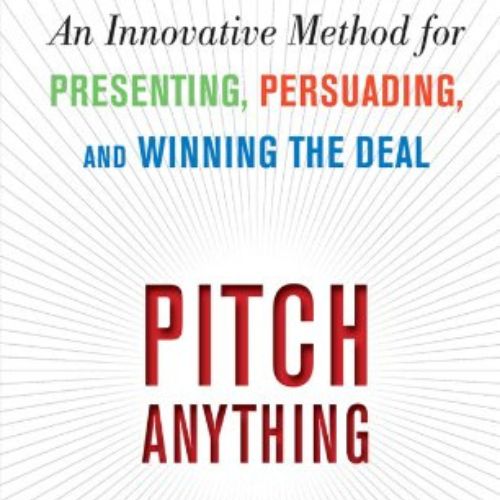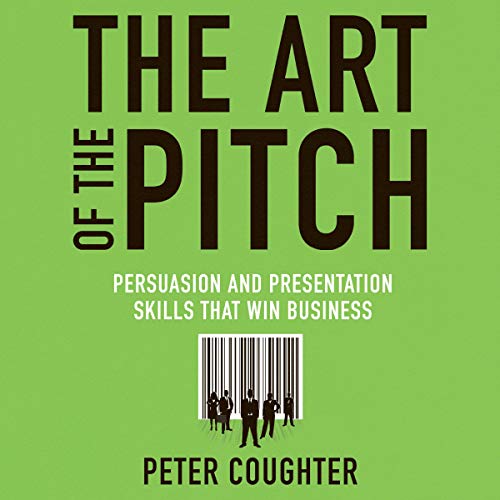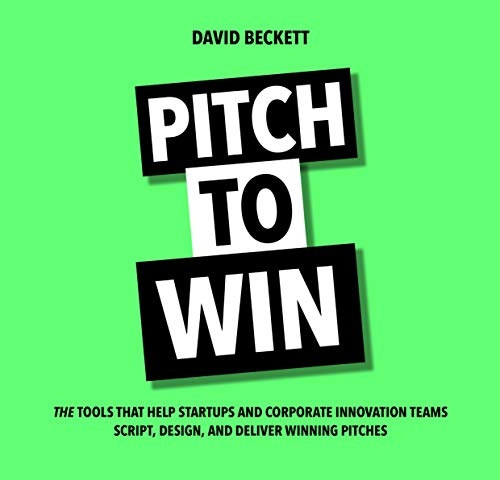Pitching is very similar to networking as it can be the difference between the difference between making a deal or failing miserably. Let’s be real with ourselves, pitching is not something you can avoid if you need startup funding as a new business. So, here’s everything you need to know before you give your big business pitch.
So, What is a Pitch?
In essence, a pitch is when you present your business idea to a group of people. These people can be investors, potential partners, or even your employees. This is why pitching is so important. Your ability to pitch directly impacts how well your vision for your business becomes a reality. If you prioritize being intentional with your business (which if you’re here you should), then you need to hone your pitching skills as soon as possible. There is nothing worse than having a clear vision that you fail to communicate over and over again.
How to Pitch Successfully
Be Confident
Confidence is vital in every aspect of your life. Lack of confidence also is a deal-breaker for some, especially when it comes to investors. Which is why it is the first tip in this blog post. Without confidence, few people will believe in your idea, no matter how good it is.
So, how do you build confidence? Confidence is like a muscle, the more you work on it, the stronger it gets. I’ve created a challenge for March called The 100 no’s challenge. The challenge is designed to help you build radical confidence in 30 days or less.
Why is it important? If you do not have confidence in yourself, it is hard for others to have confidence in you. As a business owner, you need to have extreme levels of confidence in yourself, your product, or your ability to give a service.
Know What You’re Selling
Speaking of a product or service, you need to know what you are selling like the back of your hand. Not only do you need to know what it does, but you also need to understand how it benefits people. In essence, you need to express the benefits more than you express the features. This causes problems for many new entrepreneurs.
The difference between features and benefits is that features explain what your product is and how it does what it does. While benefits, explain what your user gets in the end. Even though people claim to be interested in the features, they are always more interested in the benefits.
For example, a feature would be a shampoo bottle with a non-slip coating. The benefit of a nonslip coating is that even the clumsiest people can not drop the shampoo in the shower. See the difference. In your pitch, highlight your benefits and not just your features.
Tell Your Story
This part is pivotal, your story is how people decide to buy from you versus someone else. In your story, tell your audience why you decided to go into business. People like knowing that this is not just a money grab but that you genuinely care about them and their problems.
For example, I decided to go into business because I was tired of seeing people of color start over every generation. It was upsetting for me to see my peers have to work three jobs to stay in college. It was irritating for me to watch the few who had generational wealth squander it on useless things because they had no concept of money. It was tiring for me to watch us fight each other instead of helping each other. So I decided to create a business that teaches financial literacy through intentional entrepreneurship. That’s my story, and that’s why I do what I do.
Know Your Target Audience
Knowing your target audience doesn’t just apply to the people who buy your product or service. It also applies to the people you’re pitching to. If someone only invests in hospitality, then you should not pitch your technical startup to them.
You need to know who you’re talking to, and you need to know what you’re talking about. find investors who have historically invested in businesses like yours. If you can, study the pitches that made them want to invest and make yours similar. I say similar and not the same because people know when things are not authentic. This leads back to confidence, when you’re confident in yourself you allow your most authentic self to be present. That’s what you need to do to get your idea across clearly.
Practice Your Pitch
Practice practice practice practice practice practice, I can’t emphasize it enough. Even the most successful people you know practice before they do anything. The biggest advocate I see for this is Beyoncé. If it’s one thing about Beyoncé, she’s going to practice in the same way she wishes to perform, and that is the level of practice you need to strive for.
In other words, you need to practice as if you’re in the room full of investors. In dance, we’d call this “dancing full out”. Remember that how you do anything is how you do everything. Do not half-step in your business unless you want your business to be half of what you envision.
Books to Help with Your Pitch
Still need more information? Here are my top 3 picks for books that teach you how to pitch.

About the Book: When it comes to delivering a pitch, Oren Klaff has unparalleled credentials. Over the past 13 years, he has used his one of a kind method to raise more than $400 million and now, for the first time, he describes his formula to help you deliver a winning pitch in any business situation.
Whether you’re selling ideas to investors, pitching a client for new business, or even negotiating for a higher salary, Pitch Anything will transform the way you position your ideas.
According to Klaff, creating and presenting a great pitch isn’t an art it’s a simple science. Applying the latest findings in the field of neuroeconomics, while sharing eye opening stories of his method in action, Klaff describes how the brain makes decisions and responds to pitches. With this information, you’ll remain in complete control of every stage of the pitch process.

The book, The Art of the Pitch by Peter Coughter, is a book that outlines strategies to become a more successful presenter. Coughter’s goal is to show audiences simple ideas that lead to better presentations and increased success as a result of those improved presentations. He writes to reach out to people from all walks of life that need to present their ideas and work to others, whether they’re art studio directors or business agencies. The main arguments that Coughter presents and supports in his writing include the ideas of being yourself in presentations, knowing the information and being able to roll with unexpected problems, being clear and enthusiastic about the purpose of the presentation, and knowing your audience before you go to present to them. – From a Commentor

David Beckett has coached over 700 startups to raise over €170 million in investment. And he has trained thousands of professionals in innovation teams at companies like Google, Unilever, Booking.com and PwC. He is also a TEDx speech coach.
In Pitch to Win, David provides practical tools to help you Script, Design and Deliver pitches that are short, professional and persuasive. His methods and practices have been tested with hundreds of pitchers and reviewed by numerous investors and members of the Board.
Key Takeaways
- Be confident in yourself and your abilities.
- Express the benefits of your product more than you talk about your features.
- Tell your story to set your business apart.
- Knowing your target audience also applies to the investors you’re pitching to.
- Practice your pitch as if you’re in a room full of investors, and you’ll be golden every time the real deal happens.
Thank you so much for reading my article! If you learned something useful or you want to leave feedback please leave a comment below.




